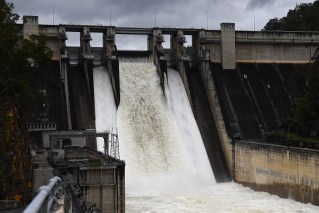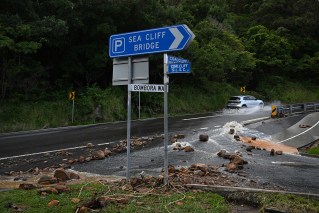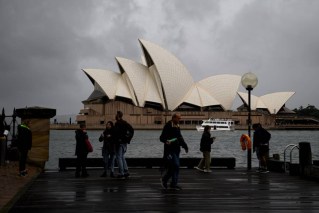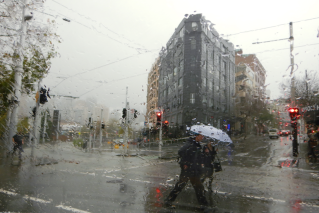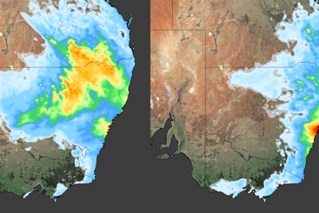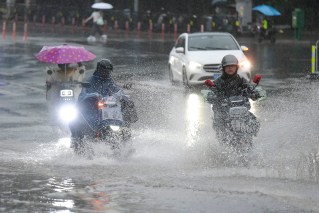SA warning against bushfire complacency
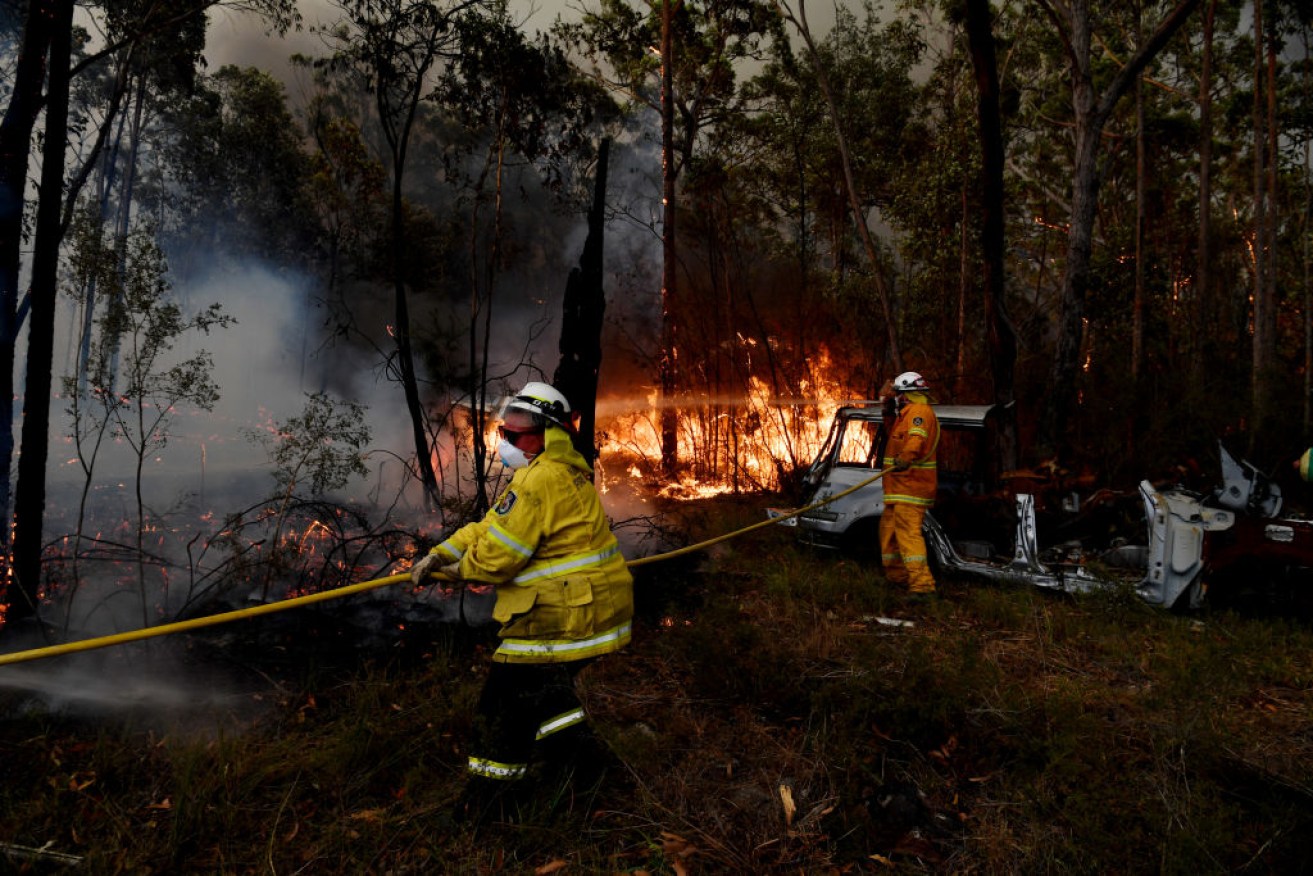
Wet weather hasn't drowned out bushfire risks. Photo: Getty
Persistent spring rains will increase the bushfire risk across South Australia this year, with authorities warning against complacency because of the wet weather.
The Country Fire Service says the wet is causing “exponential” vegetation growth, providing more fuel to burn.
The CFS on Monday launched the bushfire risk season, which officially starts in five districts on November 1 and across the state by December 1.
Chief Officer Brett Loughlin said one in five South Australians living in a risk area are without a Bushfire Survival Plan, but no one should underestimate the importance of having one.
“It may be wet but the current weather patterns we are seeing across the state are causing exponential growth of vegetation, which means there will be more fuel to burn when the weather inevitably dries out,” he said.
“Don’t be fooled into thinking there is no bushfire risk in South Australia this season.
“Much of the state is seeing significant fuel growth, with some areas experiencing three times the normal growth of fuels such as spear grass.”
The CFS said the Anangu Pitjantjatjara Yankunytjatjara Lands had already experienced their first significant fires of the season while large parts of the state had dried out with grass curing levels hitting 90 per cent or more.
Emergency Services Minister Joe Szakacs said the key to bushfire survival was knowing the level of risk and preparing for the unexpected.
“A significant proportion of the at-risk population are unaware they live in a bushfire risk area or are complacent about actively preparing for a bushfire in their area, and this behaviour needs to change,” he said.
“Preparing for the bushfire season should include simple activities such as checking the daily weather forecast, familiarising yourself with the new Australian Fire Danger Ratings Systems and knowing what can and can’t be done on total fire ban days.”
Metropolitan Fire Service Acting Chief Officer Paul Fletcher said people on the urban fringe should also take precautions.
“Bushfires do not put themselves out once they hit urban boundaries and many homes have been lost when sparks and burning embers travel ahead of a fire and land on homes,” he said.
“It is essential for people living in the outskirts of metropolitan Adelaide, the Adelaide Hills and some of our larger country towns, to prepare their homes to increase the chances of your home surviving a bushfire, even if you plan to leave early.”



